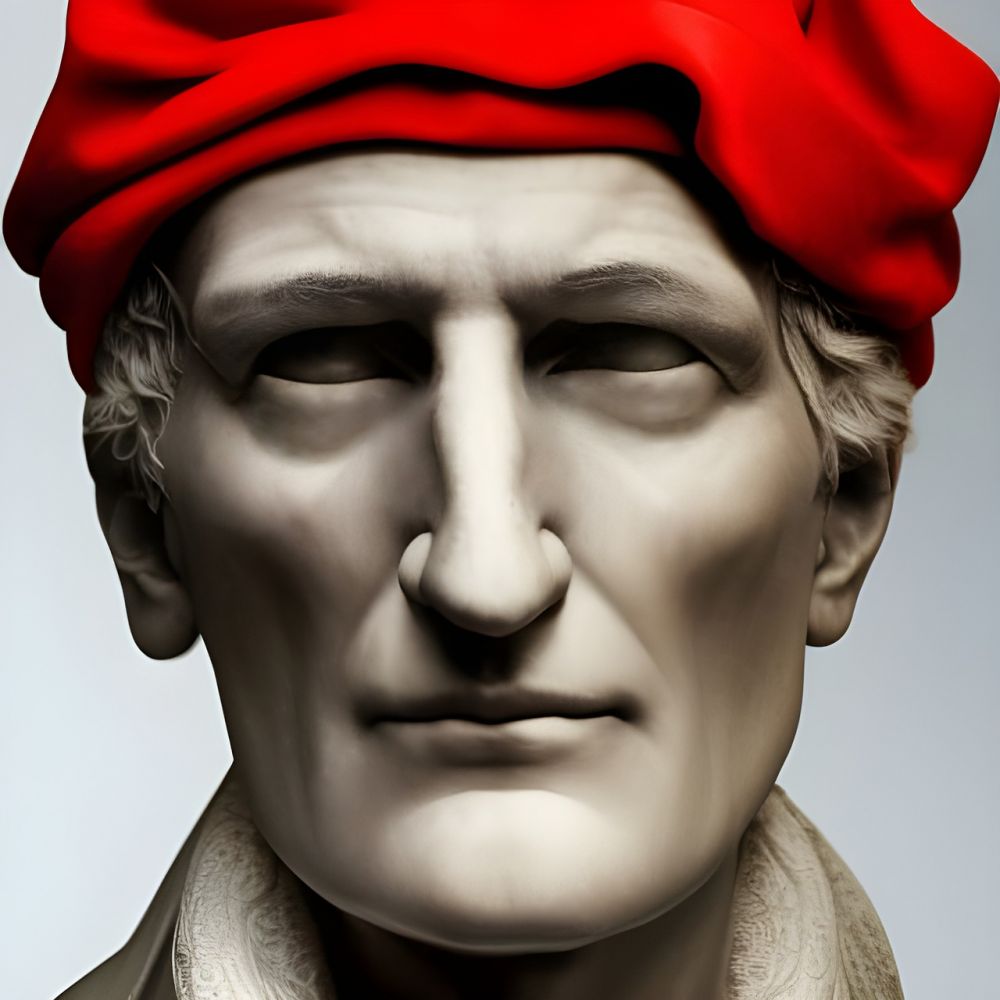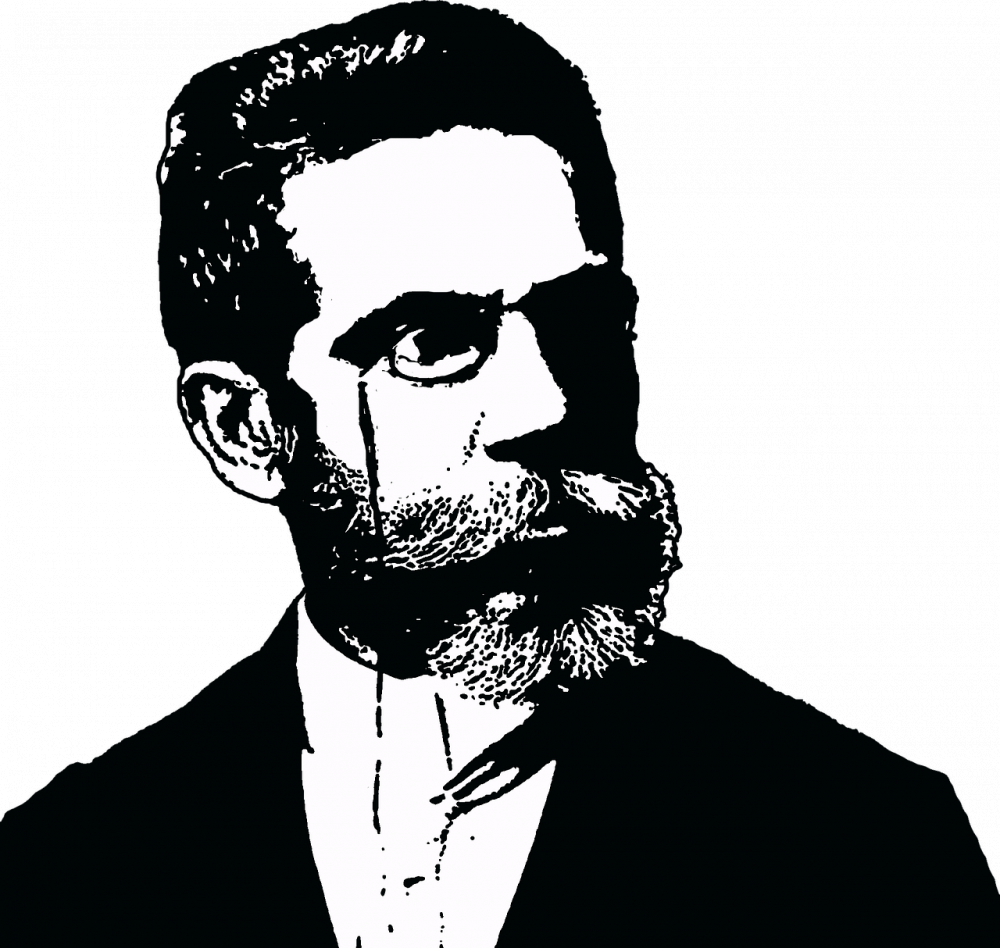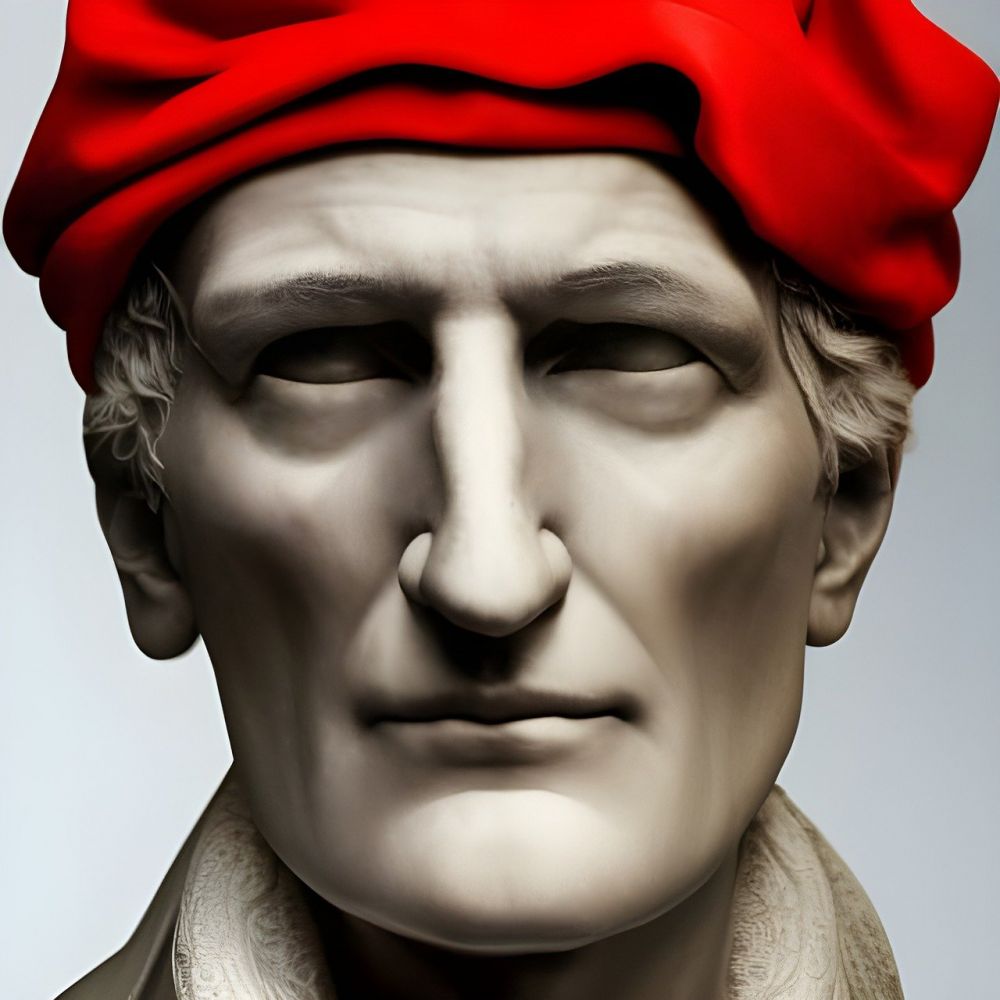The Enigmatic Tale of The Raven by Edgar Allan Poe

Introduction:
“The Raven” by Edgar Allan Poe is one of the most iconic and studied poems in literary history. This dark and mysterious masterpiece has captivated readers for decades due to its haunting imagery, powerful emotions, and profound exploration of the human psyche. In this article, we will delve into the significance of “The Raven” and provide an in-depth understanding for those who are generally interested in this topic.
I. The Power of “The Raven”

“The Raven” is a narrative poem that tells the story of a heartbroken lover who is visited by a raven, which serves as a symbol of death and despair. Published in 1845, it is written in a unique trochaic octameter, a rhythmic pattern that adds to the dark ambiance and intensity of the poem. Poe’s masterful use of language and vivid descriptions transports readers into the tormented mind of the narrator, evoking a range of emotions from fear and grief to fascination and introspection.
II. Historical Evolution of “The Raven”
1. Initial Reception
Upon its publication, “The Raven” gained immediate attention and acclaim. It was praised for its innovative form, psychological depth, and ability to captivate readers. The poem’s popularity quickly spread, thrusting Poe into the spotlight as one of the foremost literary figures of his time.
2. Cultural Impact
“The Raven” left an indelible mark on the literary world, influencing subsequent generations of writers and artists. Its themes of sorrow, loss, and the macabre resonated deeply with readers and continue to do so today. The poem has been translated into numerous languages and has inspired countless adaptations in various art forms, including music, film, and visual arts.
III. Analyzing “The Raven”
1. Symbolism and Themes
The Raven is layered with symbolism, inviting readers to explore deeper meanings. The raven itself symbolizes death, the inevitability of loss, and the torment of the human soul. Themes of grief, madness, and the search for meaning are prevalent throughout the poem, making it both relatable and thought-provoking.
2. Poe’s Writing Techniques
Poe’s mastery of the English language is evident throughout “The Raven.” His use of alliteration, assonance, and repetition create a musicality that heightens the impact of the poem. Moreover, his skillful incorporation of vivid imagery and suspenseful pacing keeps readers engaged and immersed in the narrator’s despair.
– Embed a video that explores the intricacies of “The Raven” and its lasting impact on literature and culture.
IV. Legacy and Significance
“The Raven” continues to be celebrated as one of Poe’s most enduring works. Its exploration of human emotions and psychological torment resonates across generations, making it a timeless masterpiece. The poem’s haunting atmosphere and universal themes have solidified its place as an essential component of American literature and a cornerstone of Gothic poetry.
Conclusion:
“The Raven” by Edgar Allan Poe remains a testament to the power of poetry to evoke intense emotions and spark deep reflection. Its enigmatic narrative and profound exploration of the human condition have made it an immortal classic. As readers delve into its haunting verses, they are transported into a world of darkness and despair, prompting them to question their own mortality and search for meaning in the face of inevitable loss.
Through the years, “The Raven” has captivated hearts and minds, leaving an indelible mark on literature and ensuring its place among the greatest works of literature ever created.
References:
– Poe, Edgar Allan. “The Raven.” 1845.
– Peeples, Scott. “The Afterlife of Edgar Allan Poe.” The Cambridge Companion to Edgar Allan Poe edited by Kevin J. Hayes. Cambridge University Press, 2002, pp. 146-164.





